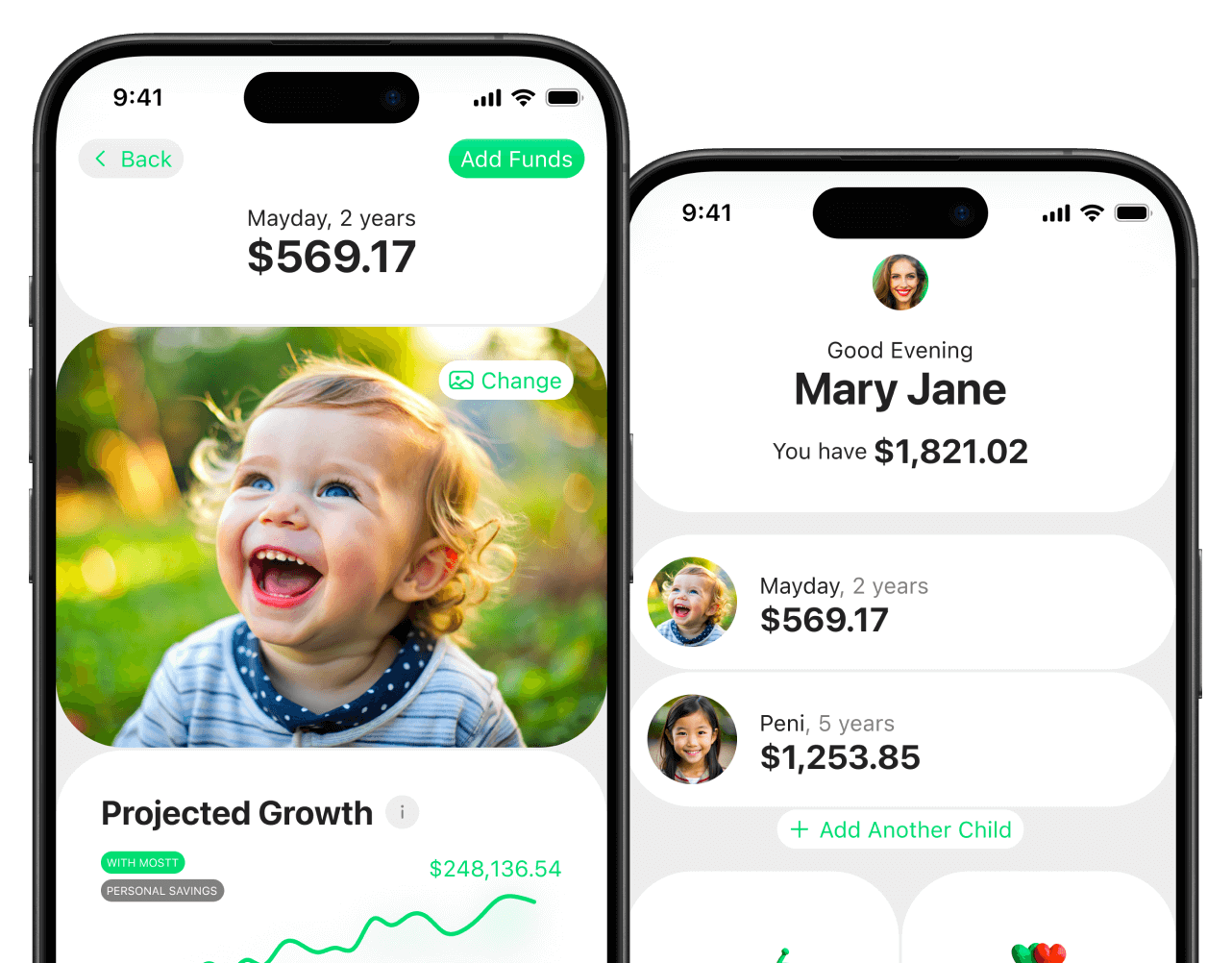Imagine your child as a young adult—confident, responsible, and making wise financial choices. They’re saving for their first home, investing for their future, and managing their money with ease. Now, imagine the opposite—struggling with debt, living paycheck to paycheck, and feeling overwhelmed by financial decisions.
As parents, we all want the first scenario, but too often, we don’t teach our kids how to handle money until it’s too late. The good news? Raising financially savvy kids isn’t complicated—it just takes intentionality, a few smart strategies, and leading by example.
Why Kids Grow Up Without Financial Skills
Schools teach math, science, and literature, but most don’t teach money management. As a result, kids grow up with little understanding of budgeting, saving, or investing. They enter adulthood without the tools to handle credit, manage expenses, or build wealth. This leads to stress, poor financial decisions, and a lifetime of financial struggle.
So how do we fix this?
By teaching our kids about money—early and often.
Learn more about why financial education is lacking in schools.
Step 1: Make Money a Normal Conversation
Many parents avoid talking about money, either because they feel unqualified or think kids shouldn’t worry about it. This silence creates a mystery around money, making it harder for kids to understand and manage later in life. When children grow up without exposure to real financial discussions, they are more likely to make financial mistakes as adults.
Normalize Money Conversations
Instead of avoiding money discussions, incorporate them into everyday life. When you’re paying bills, talk about how you budget for them. When you’re grocery shopping, discuss price comparisons and value. Show them how you make financial decisions in real-time.
-
Tip: Use real-life examples. If you’re saving up for a family vacation, show them how much it costs, how much you’re setting aside each month, and why you’re making certain spending choices.
-
Action Step: Set up a weekly “money talk” at the dinner table. It doesn’t have to be a formal lesson—just a natural conversation about money and choices.
For tips on discussing money with kids, check out this guide from Investopedia.
Step 2: Teach Them to Earn, Not Just Spend
For many children, money is something their parents give them. It comes from an ATM, a credit card, or a digital transfer. This disconnect leads to poor financial habits as they grow older because they don’t understand the effort behind earning money.
Give Them Opportunities to Earn
Teaching kids to earn money is one of the best ways to build financial responsibility. Instead of just handing out an allowance, tie it to responsibilities. Encourage entrepreneurial thinking—help them start a lemonade stand, sell crafts, babysit, or take on small neighborhood jobs.
-
Tip: Avoid giving money as a reward for basic household chores. Instead, offer opportunities to earn extra for tasks beyond their normal responsibilities, like washing the car or organizing the garage.
-
Action Step: Help your child set up a small business, whether it’s a dog-walking service, an online resale project, or a lawn-mowing gig.
Check out this list of kid-friendly business ideas from The Balance.
Step 3: Show Them How to Budget
Without understanding how to manage money, many young adults end up overspending, falling into debt, and living paycheck to paycheck. Budgeting is often seen as restrictive rather than empowering.
Use the “Save, Spend, Give” Method
A simple system like Save, Spend, Give makes budgeting easy for kids:
-
Save: Set aside a percentage of any money they earn.
-
Spend: Use money wisely for personal expenses and wants.
-
Give: Donate a portion to charity or help others.
-
Tip: Use clear jars or separate bank accounts to help them visually track their money.
-
Action Step: Help your child set up a basic budget, even if it’s just tracking allowance or gift money.
Learn more about budgeting for kids from NerdWallet.
Step 4: Introduce Saving and Investing Early
Many kids grow up believing that saving is only for when they have extra money and that investing is something only rich people do.
Start with a simple savings account and show them how their money grows over time. Introduce investing with easy concepts, like how buying stocks means owning part of a company.
-
Tip: Show them how compound interest works with a simple online calculator.
-
Action Step: Open a custodial savings or investment account and let them watch their money grow.
Get started with investing for kids with this guide from Fidelity.
Step 5: Teach Smart Spending Habits
Many kids grow up without understanding the difference between needs and wants, leading to impulsive spending habits.
Teach them to ask questions before making a purchase:
-
“Do I really need this?”
-
“Is there a way to get this at a better price?”
-
“If I buy this now, will I regret it later?”
-
Tip: Give them a set amount of money for shopping trips and let them make their own spending decisions.
-
Action Step: Introduce a 24-hour rule—if they want to buy something non-essential, they must wait a day before purchasing.
For more on smart spending habits, check out this resource from Dave Ramsey.
The Bottom Line: Start Today
Financial literacy isn’t something kids magically learn when they turn 18. It’s built through small, everyday lessons. The sooner you start, the more prepared they’ll be for the real world.
So, what’s the next step? Start a conversation. Involve them in a money decision. Help them set a financial goal. Every lesson you teach today will shape their financial future tomorrow. Consider using platforms like Mostt to help visualize investments and make learning about the market engaging for both you and your children.
For more financial tips for families, visit the Consumer Financial Protection Bureau.
Their future selves will thank you.




